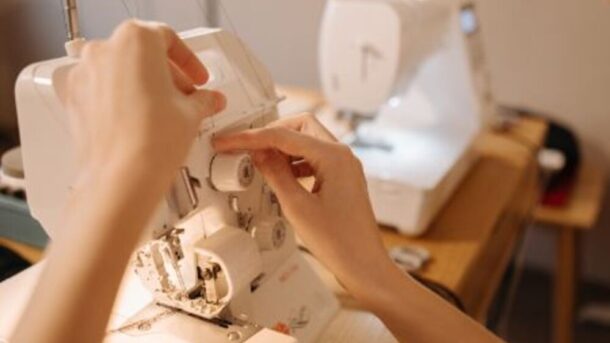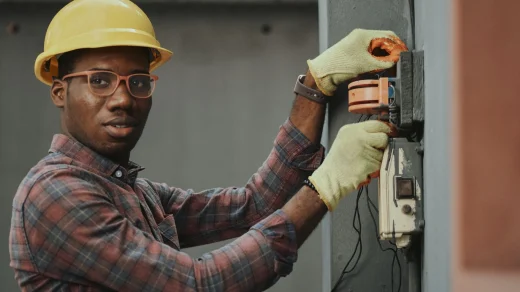Sewing machines make sewing much simpler, and can help eliminate errors that might otherwise arise when sewing by hand. Furthermore, their use can prevent those annoying mistakes which arise while sewing by hand from occurring as easily.
Mechanical machines typically need very minimal upkeep, and with proper care can last for many years with only occasional servicing needs. Computerised models may be more costly, and may overwhelm beginning sewists due to all their features.
Efficiency
Sewing machines provide an efficient method for sewing clothing. Not only can they save you money by allowing you to repair and recycle clothes that would have otherwise been discarded, they’re also safe due to having various safety features that reduce risk of injury during use. Check out for the best sewing and embroidery machine.
Sewing machines have undergone an incredible transformation thanks to computers, robots and sensors being integrated into them. These features have increased productivity and efficiency of sewing machines while decreasing machine downtime and increasing production capacity.
Sewing machine balancing involves assigning tasks to workstations based on their capacities and labor skill levels, in order to reduce time in a sewing line and increase overall productivity. Many sewing lines use this model successfully; for example if an operator cannot complete his or her task on time an assistant could be trained up for them and thus increasing productivity by 22%.
Convenience
Sewing machines provide an opportunity to sew clothing for yourself and others, offering endless customization opportunities and fashion statements. Sewing can save money and recycle unwanted clothing while keeping hands and minds active – helping prevent age-related mental disorders in later life.
Sewing machines are straightforward to operate. Most come equipped with pre-programmed settings that can be selected simply by pressing a few buttons. They also require minimal maintenance costs and most industrial sewing machines come equipped with various safety features that minimize risk.
Industrial sewing machines are designed to handle a range of fabrics. These heavy-duty machines can handle fabrics like canvas vinyl leather and upholstery; in fact, their fast stitching speeds make them suitable for heavy production sewing applications as they’re faster and more durable than domestic machines – plus, thick fabrics may be easier for them than being handled manually!
Accuracy
Sewing machines provide unparalleled accuracy when it comes to professionalism in sewing. Hand sewing can’t match up when it comes to lockstitch accuracy; only machines can deliver that feat! Additionally, machine sewing is faster and produces more precise results.
Sewing machines offer another distinct advantage: their versatility. A sewing machine can manage different fabrics efficiently, which is especially advantageous when working with heavier fabrics like wool or denim that can be challenging to manage by hand.
Sewing machines equipped with computerised features such as NP, UBT, back-tacking and step programming (SP) help make the sewing process accurate and fast. By sensing differences between fabric plies in their path of sewing and coming to an automatic stop when detected at either start or termination points along that sewing line, computerised sewing machines allow garment manufacturing factory engineers to do less work while remaining accurate in sewing accuracy.
Time Saving
Sewing machines can save time. Not only can you use them to stitch dresses quickly and other garments quickly; you can also use them for blankets, pillows and home accessories. Sewing machines are also useful tools in repairing damaged fabrics like clothing.
Utilizing a sewing machine can also save money. If there’s a small hole or tear in your garment, using your sewing machine at home instead of traveling out can save time and money in tailor visits.
Sewing machines make button sewing much quicker and simpler, saving time, effort, and frustration by eliminating lost or misplaced buttons during large projects.
Sewing machines can be costly to purchase and maintain, and their noise may make them unpleasant for some users; many prefer manual needle sewing instead due to these issues.




